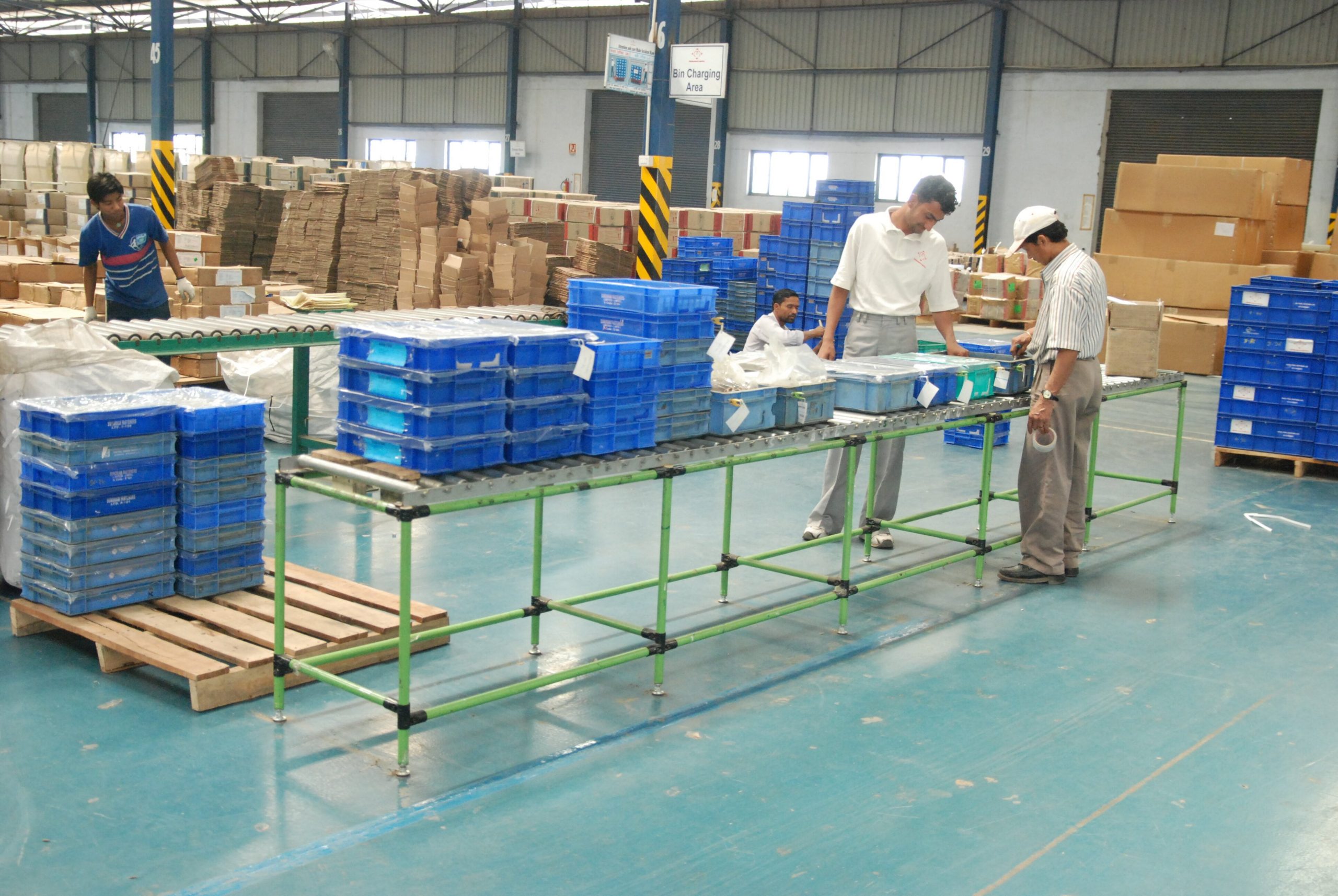In this blog we will discuss some common supply chain challenges for Businesses which are seen quite often. Supply chain refers to the interconnected network of organizations, individuals, activities, data and resources involved in the production, distribution and delivery of goods or services from the point of origin to the point of consumption. It encompasses all the steps and processes required to transform raw materials into finished products and deliver them to the end customer. The supply chain includes various entities such as suppliers, manufacturers, wholesalers, retailers, transportation providers, warehouses and customers. It involves the flow of materials, information and funds across these different stages.
Supply chain management faces various supply chain problems that can impact the efficiency and effectiveness of the entire process. Here are few supply chain challenges for Business:
1. Demand volatility: Fluctuating customer demand can create challenges in accurately forecasting and planning inventory levels. Sudden shifts in demand patterns can lead to stockouts or excess inventory, both of which can impact customer satisfaction and profitability.
2. Supply chain visibility: Achieving end-to-end visibility across the entire supply chain remains a significant challenge. Limited visibility can hinder proactive decision-making, increase response times, and make it difficult to identify and resolve issues quickly.
3. Inventory management: Balancing inventory levels to meet customer demands while minimizing costs is a perpetual challenge. Overstocking ties up capital and increases holding costs while understocking can lead to missed sales opportunities and dissatisfied customers.
4. Supplier management: Managing relationships with suppliers, ensuring quality standards, and addressing potential disruptions in the supply chain require effective supplier management. Maintaining strong partnerships and contingency plans can help mitigate risks & maintain a reliable supply.
5. Globalization and geopolitical uncertainties: As supply chains become more Globalized, geopolitical uncertainties, trade conflicts, and regulatory changes can impact sourcing strategies, logistics and overall supply chain stability.
How to overcome Supply Chain Challenges for Businesses-:
Overcoming supply chain challenges in 2023 requires a combination of proactive planning, technological advancements, and adaptive strategies. Here are some key steps to help you navigate and overcome these challenges:
1. Enhance visibility and transparency: Improve visibility across your supply chain by implementing advanced tracking technologies such as IoT (Internet of Things) devices, sensors, and real-time analytics. This will provide you with real-time data on inventory levels, demand patterns, and potential disruptions, allowing you to make proactive decisions.
2. Diversify suppliers and logistics partners: Reduce dependence on a single supplier or logistics provider by diversifying your network. This strategy helps mitigate the risk of disruptions caused by geopolitical, environmental, or economic factors. Identify alternative suppliers and logistics partners in different regions to ensure a resilient and flexible supply chain.
3. Strengthen supplier relationships: Collaborate closely with your suppliers and build strong relationships based on trust and open communication. Engage in regular dialogue to understand their capabilities, challenges, and potential risks. Developing partnerships will foster mutual support and enable better risk management.
4. Embrace advanced technologies: Leverage emerging technologies to optimize your supply chain operations. Implement automation, robotics, and artificial intelligence (AI) to streamline processes, improve efficiency, and reduce costs. AI-powered forecasting models can enhance demand planning accuracy, reducing the risk of stockouts or excess inventory.
5. Implement risk management strategies: Identify potential risks to your supply chain, such as natural disasters, geopolitical events, or regulatory changes, and develop risk management strategies accordingly. This may involve creating contingency plans, safety stock, or alternative sourcing options to mitigate disruptions.
6. Foster collaboration within the supply chain: Encourage collaboration and information sharing among stakeholders in your supply chain network. This can be achieved through the adoption of supply chain platforms that facilitate data exchange, coordination, and collaboration among suppliers, manufacturers, distributors, and retailers.
7. Monitor and adapt to regulatory changes: Stay up-to-date with evolving regulations and compliance requirements that impact your supply chain operations. This includes customs regulations, trade policies, labor laws, and environmental regulations. Adapting quickly to regulatory changes will help you avoid disruptions and maintain compliance.
8. Invest in talent development: Build a skilled workforce that understands the complexities of modern supply chains. Invest in training programs to develop expertise in data analytics, supply chain management, and emerging technologies. Empower your employees to drive innovation and adapt to changing market dynamics.
9. Continuously evaluate and optimize: Regularly review your supply chain performance, measure key performance indicators (KPIs), and conduct post-mortem analyses after any disruptions or challenges. Identify areas for improvement and implement changes to optimize your supply chain continuously.
10. Prioritize sustainability and ethical practices: Consumers and stakeholders increasingly value sustainable and ethical practices. Implement environmentally friendly initiatives, such as reducing waste, optimizing transportation routes, and using eco-friendly packaging. Adhering to ethical sourcing and fair trade principles will also enhance your reputation and strengthen customer loyalty.
The specific challenges and solutions will vary depending on company’s infrastructure, geographic location and individual circumstances. It’s crucial to stay agile, monitor market trends and be prepared for adapting different strategies as and when needed.

